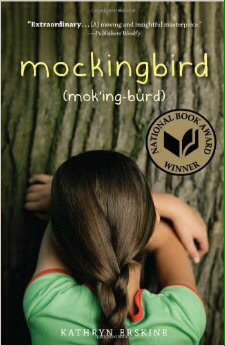
Publication date: September 2015, Orion Books
Source: my own copy
Rating: 3*
The Taxidermist’s Daughter is a difficult book to review without giving away too much detail particularly about the element that almost made me stop reading and because of that I was in two minds what rating to give it. The main thing that I didn’t like is all the detail about taxidermy – and there is a lot of detail. I found its gruesome application in this book absolutely sickening. But I still read on, such is the strength of Kate Mosse’s ghoulish storytelling.
Blurb (from the back cover):
1912. A Sussex churchyard. Villagers gather on the night when the ghosts of those who will not survive the coming year are thought to walk. And in the shadows, a woman lies dead.
As the flood waters rise, Connie Gifford is marooned in a decaying house with her increasingly tormented father. He drinks to escape the past, but an accident has robbed her of her most significant childhood memories. Until the disturbance at the church awakens fragments of those vanished years . . .
Connie Gifford is the taxidermist’s daughter and she has grown up learning the art of taxidermy, taking over from her father who is a hopeless drunk. Her mother had died giving birth to her and there had been an accident when she was twelve (ten years earlier), which had almost completely wiped the first twelve years of her life from her mind.
The book began well, full of atmosphere, set in the Fishbourne Marshes and the tidal estuary in West Sussex (where Kate Mosse grew up), with Gothic overtones and hints of dark and terrible secrets and revenge. There is the mystery of the dead woman who has been garroted – who was she? What, or who haunts Connie’s father? What had happened to Connie when she was twelve, and who was the girl Connie vaguely remembers – older than her, with a love of life and a yellow ribbon in her hair? She experiences strange episodes where she feels herself falling out of time, spinning and flying through the air – episodes full of menace and threat.
But it dragged in the middle, with too many indistinct male characters and even though there is a map showing the layout of Fishbourne in 1912 I had difficulty in following the location of the action, nor could I work out how quickly they seemed to be able to travel between the various houses and Chichester.
It ends dramatically in death and destruction, with all the strands of the story coming together, one dark and stormy night. The waters rise, as the banks of the rivers, streams, the mill pond and the sluice gates break, flooding the whole area. Connie’s memories too come flooding back as the wind and rain join the thundering torrent of the flood water.
After a while though too much was foreshadowed and the story became rather predictable, which lessened the tension. Its gruesomeness however will stay with me for quite a while.
Reading Challenges: Mount TBR 2017 and R.I.P. 2017
Share this:




